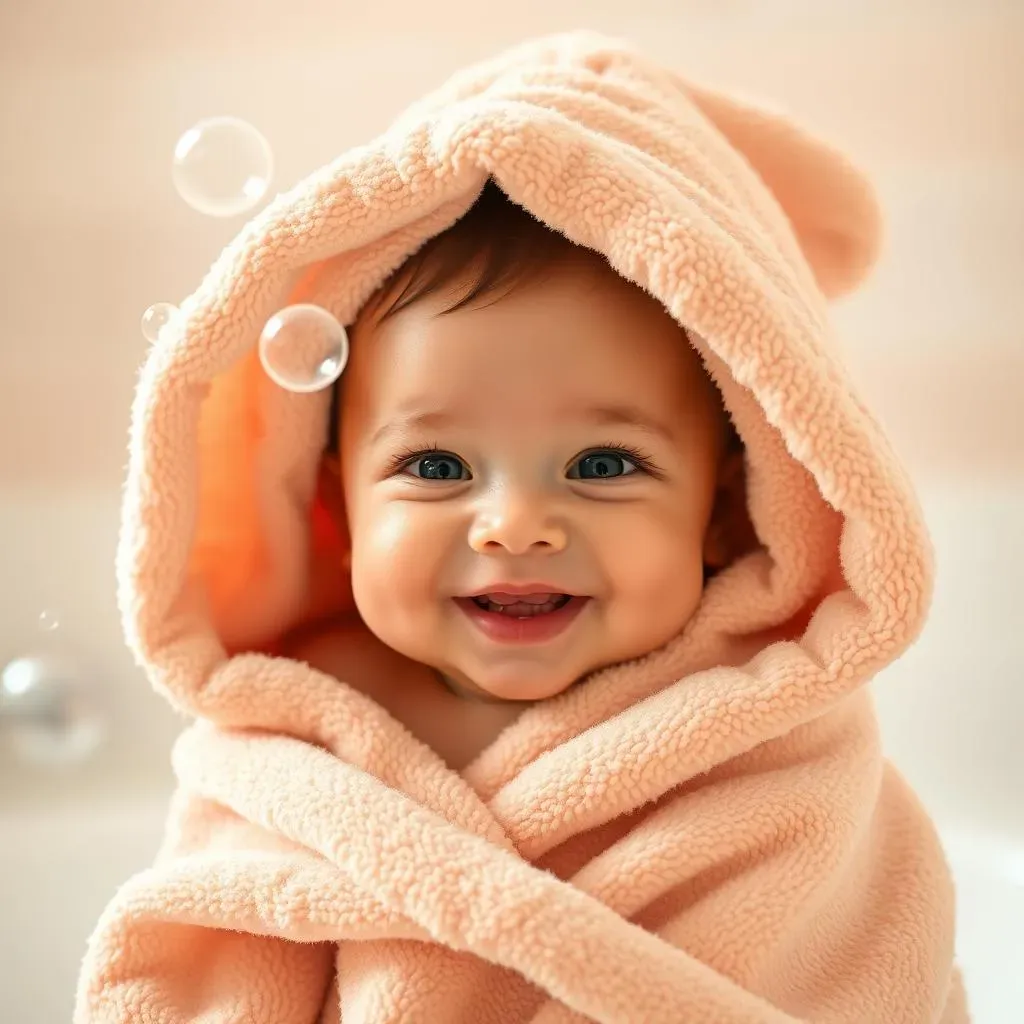Table of Contents
Bath time with your baby: it's a splash of fun, a dash of chaos, and a whole lot of adorable. But amidst the rubber duckies and tear-free shampoo, a big question often bubbles up: do you need hooded towels for baby? Are they a nursery essential, or just another cute item tempting you from the baby aisle? Let's face it, new parenthood is a whirlwind of "must-haves" and "nice-to-haves," and it's tough to sort through it all. This guide cuts through the fluff and dives deep into the world of baby towels. We'll weigh the pros and cons of hooded versus regular towels, explore the practical benefits of keeping your little one snug after a bath, and help you decide just how many hooded towels you really need (spoiler alert: it might be fewer than you think!). Plus, we'll look beyond the hood and uncover other bath time essentials to make your baby's experience safe, comfortable, and maybe even a little bit spa-like. By the end, you'll have all the info you need to make the best choice for your baby and your budget.
Hooded Towels vs. Regular Towels: What's the Real Difference for Your Baby?
Hooded Towels vs. Regular Towels: What's the Real Difference for Your Baby?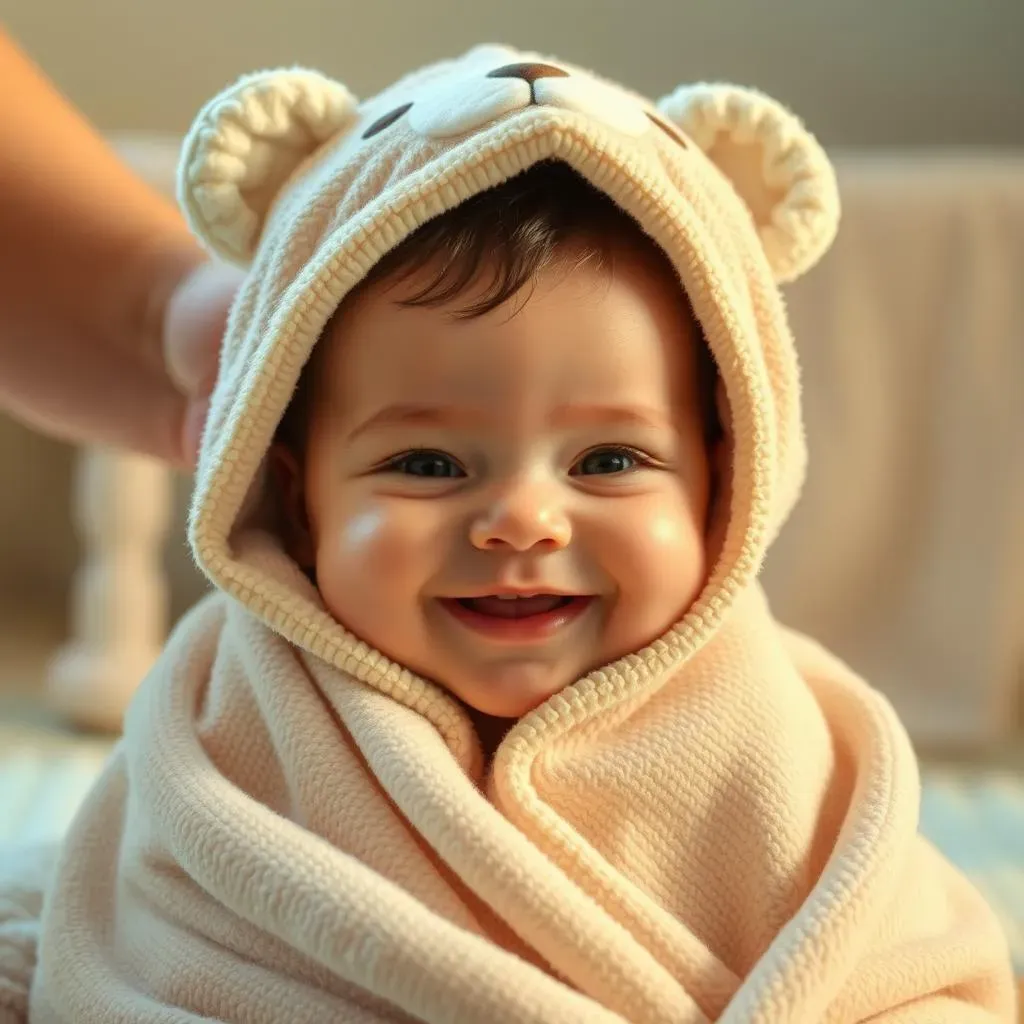
The Cozy Factor: Warmth and Security
so let's get real about baby towels. You've got your standard, rectangular towel – probably the same kind you use yourself. Then you've got these adorable hooded towels, often adorned with cute animal ears. But beyond the cuteness, what's the actual difference? The biggest one is that hood! It's designed to keep your baby's head warm right after a bath, which is super important because babies lose heat quickly. Think of it like a tiny, wearable blanket that focuses on the most vulnerable part of their body. Regular towels can do the job, sure, but they require a bit more maneuvering to keep that little head covered.
It's not just about warmth, though. That hood can also provide a sense of security. Wrapping a baby up snugly in a hooded towel can mimic the feeling of being swaddled, which can be incredibly calming, especially if your little one tends to get fussy after bath time. Think of it as a warm hug that keeps them feeling safe and secure as you transition them from the bath to getting dressed.
Practicality and Ease of Use
Beyond the cozy factor, let's talk practicality. Have you ever tried to wrangle a slippery, squirming baby while simultaneously trying to keep a towel from falling off their head? It's an Olympic sport! Hooded towels offer a bit more control in this scenario. You can secure the hood over their head, which frees up your hands to dry the rest of their body without constantly readjusting the towel. This is especially helpful if you're bathing your baby solo.
Regular towels, on the other hand, might be a better option as your child grows. They offer more surface area for drying a bigger body, and the hood becomes less essential as your child gets better at regulating their own body temperature. Plus, let's be honest, you probably already have a stack of regular towels in your linen closet, so you might not feel the need to buy something specifically for baby. It really comes down to personal preference and what works best for your routine.
The Benefits of Hooded Baby Towels: Keeping Your Little One Cozy
The Benefits of Hooded Baby Towels: Keeping Your Little One Cozy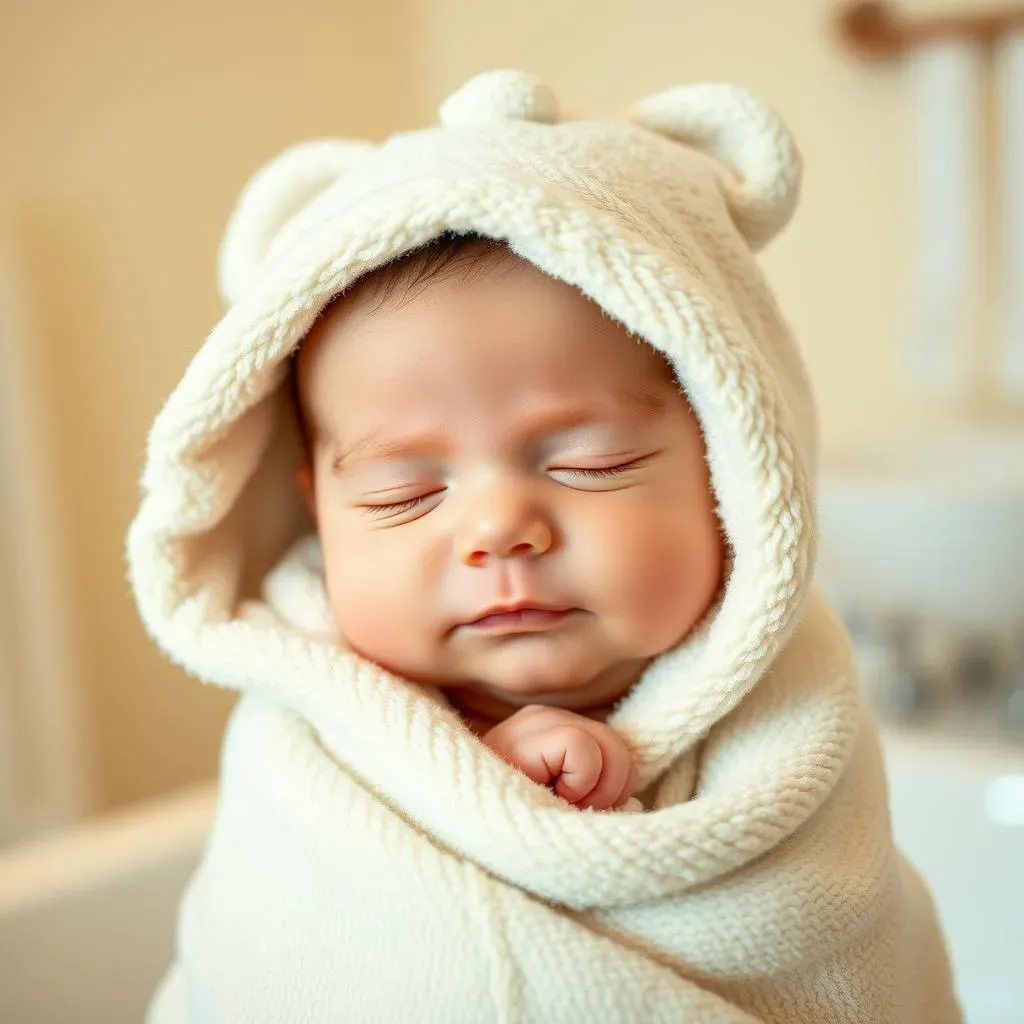
#1: Locking in the Warmth: Avoiding the Post-Bath Chills
so why all the fuss about keeping baby cozy? Newborns and young infants aren't the best at regulating their body temperature. They lose heat much faster than adults, making them susceptible to chills, especially after coming out of a warm bath. A hooded towel acts like a little shield, trapping that warmth around their head and body. It helps prevent shivering and discomfort, which can lead to a much happier baby (and a much happier you!). Think of it as a pre-emptive strike against the post-bath grumps.
Beyond the immediate comfort, maintaining a stable body temperature is crucial for a baby's overall well-being. When a baby gets cold, their body has to work harder to generate heat, which can divert energy away from other important functions like growth and immune system development. So, keeping them warm isn't just about cuddles; it's about supporting their healthy development.
#2: Creating a Sense of Security: Bath Time Bliss
Bath time can be a sensory overload for a little one – the feeling of water, the sounds of splashing, the new environment outside of their cozy crib. For some babies, it's pure joy; for others, it can be a bit overwhelming. This is where the hooded towel comes in. Wrapping your baby up snugly in a soft, hooded towel can recreate the feeling of being swaddled, providing a sense of security and comfort. It's like a mini-hug that helps them transition from the bath to the next activity.
The hood itself can also act as a visual barrier, shielding their eyes from bright lights and further minimizing overstimulation. Think of it as creating a little safe haven for your baby after their bath. This can be especially helpful if your baby tends to be fussy or easily overwhelmed. By creating a positive and calming post-bath experience, you can help them associate bath time with relaxation and comfort, making it a more enjoyable experience for everyone involved.
How Many Hooded Towels Do You Really Need for Your Baby?
How Many Hooded Towels Do You Really Need for Your Baby?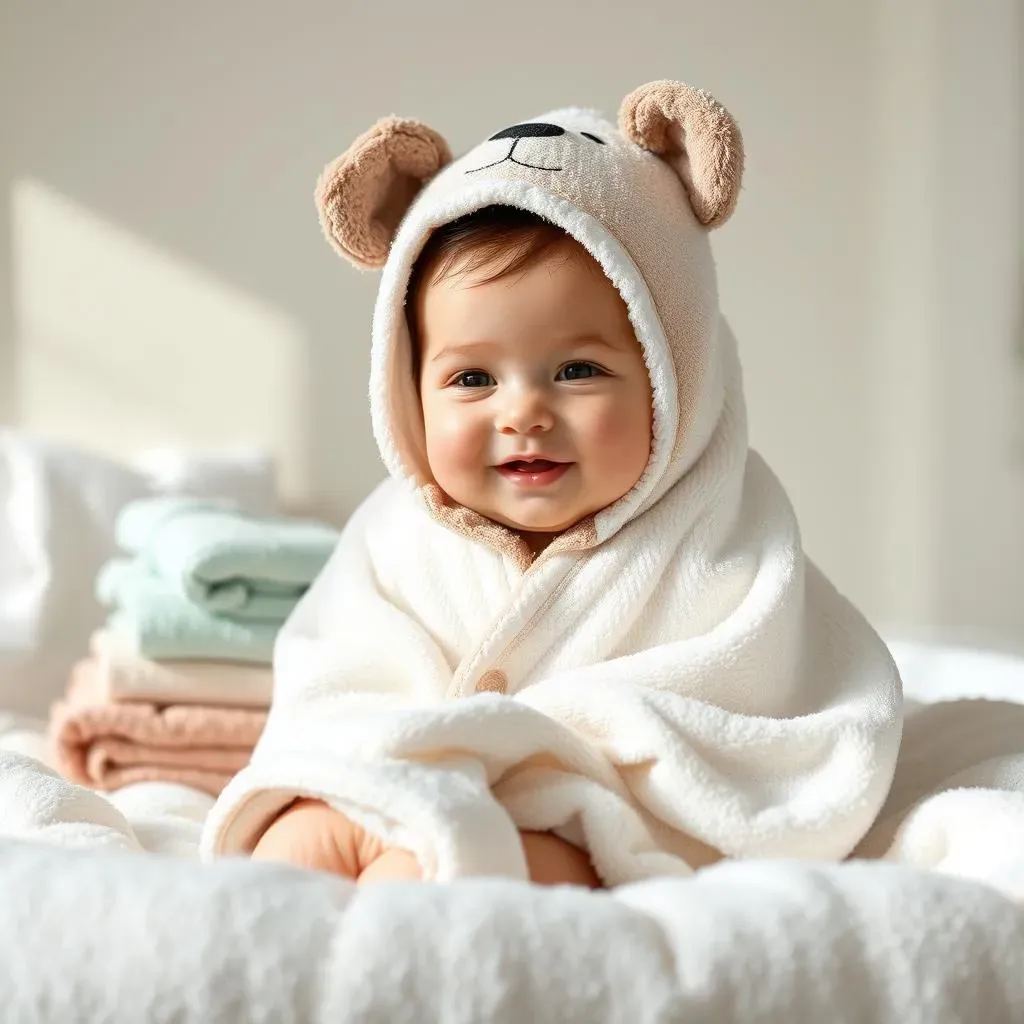
The Magic Number: Finding Your Hooded Towel Sweet Spot
Alright, let's get down to brass tacks. You're probably wondering, " I get that hooded towels are nice, but how many do I actually need?" The answer, like with most baby-related things, is: it depends. A good starting point is around 2-3 hooded towels. This allows you to have one in use, one in the wash, and one as a backup for those inevitable baby messes. Think about how often you plan to bathe your baby. Newborns don't need daily baths; 2-3 times a week is usually sufficient. As they get older and start exploring (and getting into everything!), you might find yourself bathing them more frequently.
Consider also that babies are masters of creating laundry. Spit-up, diaper explosions, rogue food particles – they all seem to find their way onto towels. Having a few extras on hand means you won't be scrambling to do laundry every single day. Plus, if you have a particularly absorbent or quick-drying hooded towel, you might be able to get away with fewer. It's all about finding what works best for your baby's needs and your own laundry habits.
Beyond the Bath: Multi-Purpose Hooded Towel Use
Don't think hooded towels are just for bath time! They can be surprisingly versatile. Heading to the pool or beach? A hooded towel is perfect for keeping your little one warm and protected from the sun after a swim. Use it as a changing pad in a pinch, providing a clean and soft surface wherever you are. Or, drape it over the stroller on a sunny day to create a bit of shade. The possibilities are endless!
Think about your lifestyle when deciding how many hooded towels to buy. Are you a frequent traveler? Do you spend a lot of time outdoors? If so, you might want to invest in a few extra hooded towels to keep in your diaper bag or car. And hey, even if you end up with more than you strictly "need," they make great gifts for other expecting parents! It's always better to be over-prepared than caught short when it comes to baby essentials.
Beyond Hooded Towels: Other Bath Time Essentials for Baby
Beyond Hooded Towels: Other Bath Time Essentials for Baby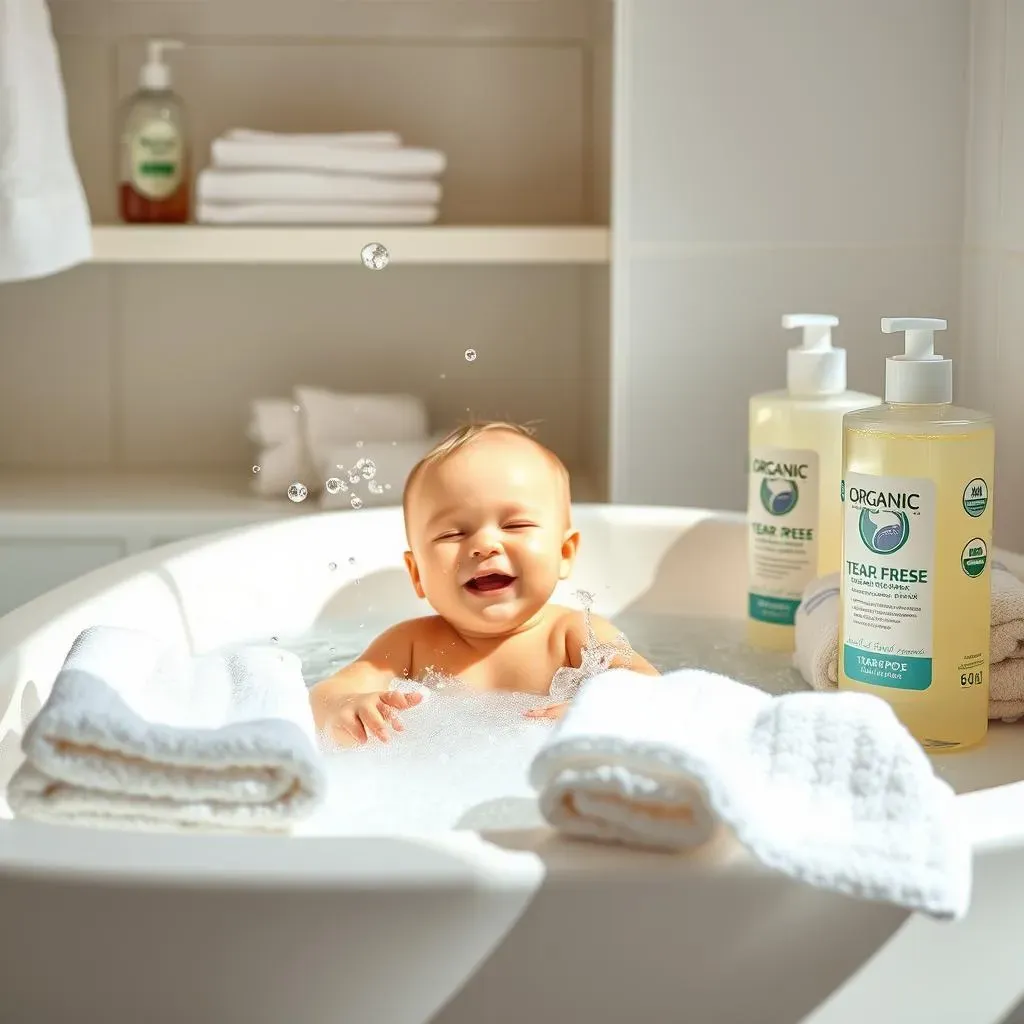
Soft Washcloths: Gentle Cleansing for Delicate Skin
so you've got the hooded towel situation sorted. But what about actually washing your little one? Enter the humble washcloth. But not just any washcloth! You'll want to invest in some super-soft washcloths specifically designed for babies. Their skin is incredibly delicate, so rough or scratchy materials are a big no-no. Look for washcloths made from organic cotton, bamboo, or microfleece. These materials are gentle on sensitive skin and less likely to cause irritation. Plus, they're super absorbent, which makes bath time a whole lot easier.
Think about having a good stash of washcloths on hand. Babies are messy, and you'll be using these for everything from washing their face and body to cleaning up spit-up and other little accidents. Aim for at least 6-8 washcloths so you always have a clean one available. And remember to wash them regularly with a mild, baby-friendly detergent to keep them fresh and hygienic.
Washcloth Material | Pros | Cons |
|---|---|---|
Organic Cotton | Soft, absorbent, natural | May shrink slightly after washing |
Bamboo | Ultra-soft, antibacterial, sustainable | Can be more expensive |
Microfleece | Very soft, quick-drying, durable | Not as breathable as natural fibers |
Tear-Free Shampoo and Body Wash: A Must-Have for Happy Baths
Let's be honest, nobody likes getting soap in their eyes, especially babies! That's why tear-free shampoo and body wash is an absolute essential for bath time. Look for formulas that are specifically designed for babies and are labeled as "tear-free" or "gentle." These products are formulated to be less irritating to the eyes, so even if a little bit gets in, it shouldn't cause too much discomfort. And remember, a little goes a long way! You only need a small amount of shampoo and body wash to effectively clean your baby.
When choosing a shampoo and body wash, be sure to check the ingredient list. Avoid products that contain harsh chemicals, fragrances, or dyes, as these can irritate your baby's skin. Opt for natural or organic options that are free from parabens, sulfates, and phthalates. And if your baby has particularly sensitive skin or eczema, look for hypoallergenic formulas that are specifically designed to be gentle and non-irritating. A happy, tear-free bath is a win for everyone!
Choosing the Best Hooded Towels for Baby: Materials, Size, and More
Choosing the Best Hooded Towels for Baby: Materials, Size, and More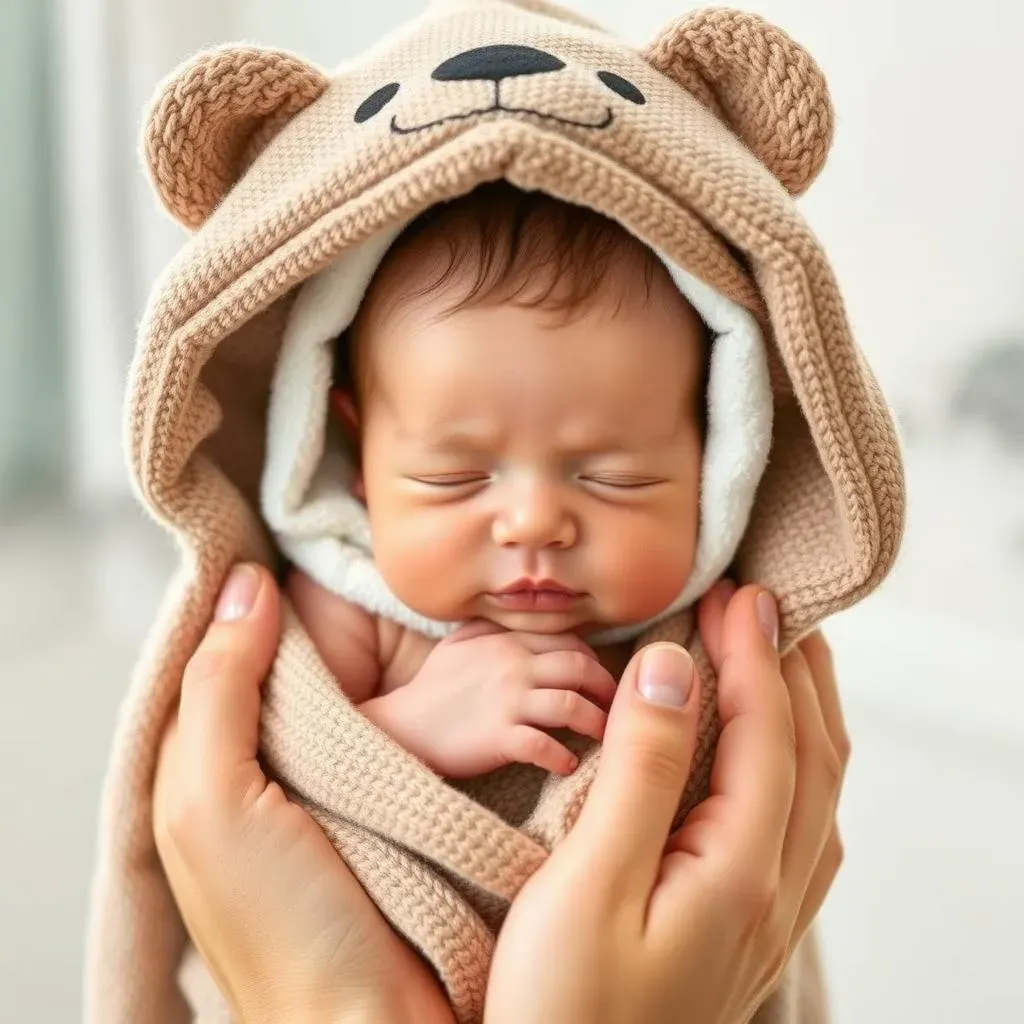
Material Matters: Softness and Absorbency
Alright, so you're ready to dive into the world of hooded towels. But with so many options out there, how do you choose the best one for your precious little bundle? It all starts with the material. You want something that's incredibly soft against their delicate skin, but also super absorbent to get them dry quickly. Think about it: a scratchy, non-absorbent towel is a recipe for a cranky baby! Organic cotton is a fantastic choice – it's naturally soft, breathable, and free from harmful chemicals. Bamboo is another great option; it's even softer than cotton and has natural antibacterial properties. Microfiber is also popular for its quick-drying abilities, but make sure it's a high-quality microfiber that's gentle on the skin.
Beyond the type of material, pay attention to the weave. A tighter weave will generally be more absorbent, while a looser weave might be softer but less effective at drying. Look for towels that are plush and thick, but not so thick that they take forever to dry. And always, always wash the towel before using it on your baby to remove any potential irritants or manufacturing residues. Trust me, your baby will thank you for it!
Size and Shape: Finding the Perfect Fit
so you've nailed the material. Now let's talk size and shape. Hooded towels come in various sizes, and you'll want to choose one that's appropriate for your baby's age and size. A newborn doesn't need a huge, oversized towel that will overwhelm them. A smaller, more snug towel will be easier to manage and will keep them feeling secure. As they grow, you can graduate to larger sizes. Pay attention to the shape of the hood as well. Some hoods are more contoured to fit snugly around the baby's head, while others are more square or rectangular. A well-fitting hood will stay in place better and provide more warmth and coverage.
Consider also the overall shape of the towel. Some hooded towels are more like traditional rectangular towels with a hood attached, while others are more like poncho-style towels that slip over the baby's head. Poncho-style towels can be great for older babies and toddlers who are more mobile, as they allow them to move around without the towel falling off. Ultimately, the best size and shape will depend on your personal preference and what works best for your baby's comfort and mobility. Don't be afraid to try out a few different styles to see what you like best!
Towel Feature | Considerations |
|---|---|
Material | Softness, absorbency, breathability, hypoallergenic properties |
Size | Appropriate for baby's age and size, ease of handling |
Hood Shape | Snug fit, coverage, comfort |
Overall Shape | Traditional rectangular vs. poncho-style, mobility |
Making the Towel Choice That's Right for Your Baby
So, do you need hooded towels for baby? The answer, like with most things parenting, isn't a simple yes or no. Hooded towels offer undeniable benefits in terms of warmth and convenience, especially in those early months. However, regular towels can certainly get the job done, especially if you're mindful of keeping your baby warm. Ultimately, the best choice depends on your climate, your baby's preferences, and your personal style. Focus on soft, absorbent materials, safe bath time practices, and creating a soothing experience for your little one. Whether you opt for a stack of adorable hooded towels or a collection of cozy regulars, the goal is the same: to keep your baby clean, comfortable, and loved.
